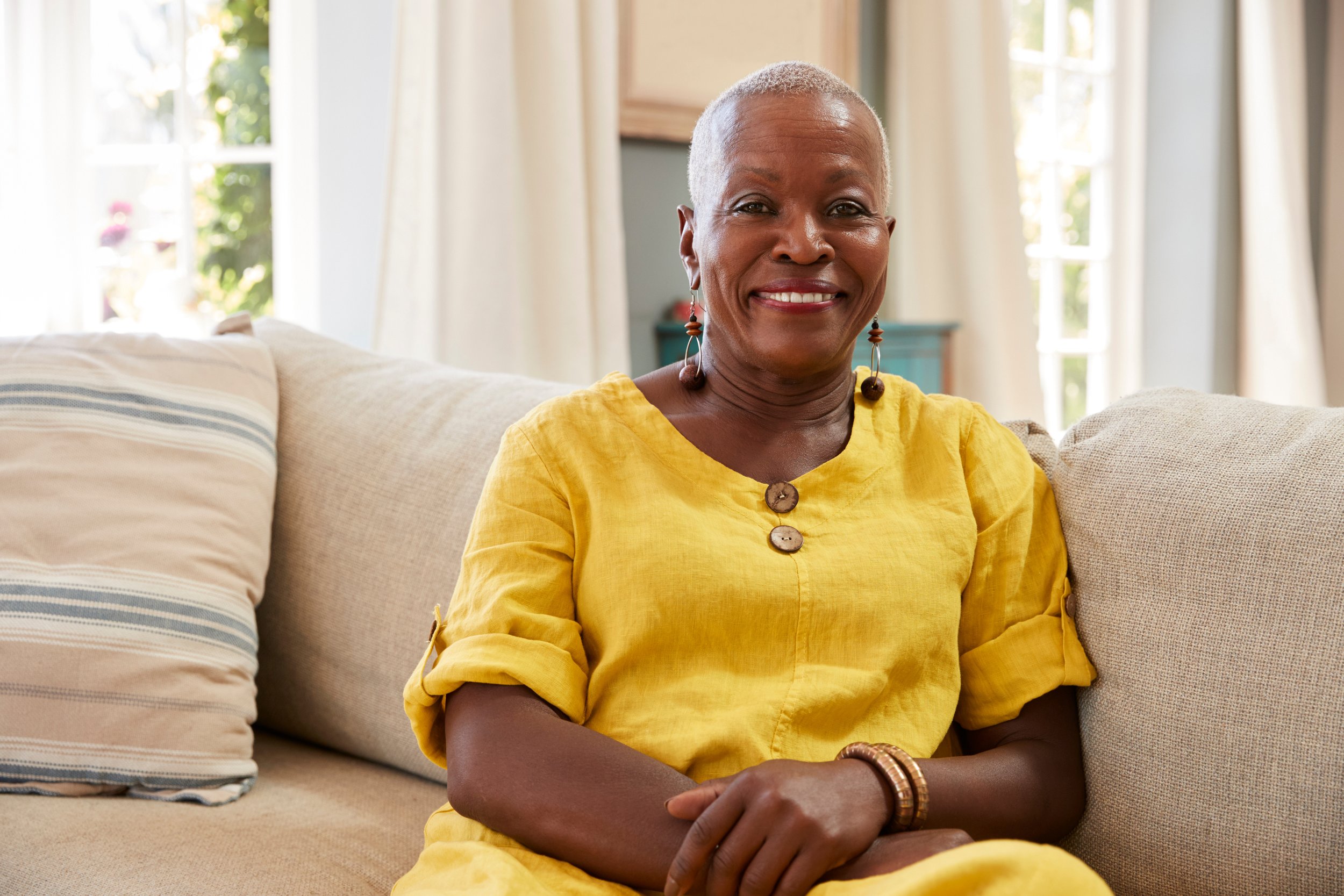Our Work

“I love my home and have no plans to leave.”
Our work is needed & necessary in Minnesota
Racial Inequity
At Age Well at Home, we prioritize serving homeowners of color because we want to be part of the solution to racial inequity in our communities.
Those who were left disadvantaged due to discrimination deserve better now. We are one part of a larger effort to right wrongs and level the playing field that wasn’t fair to begin with.
Financial Insecurity
At Age Well at Home, we prioritize serving aging low-income homeowners.
If someone can’t afford simple home modifications to help them stay at home, how will they be able to pay for the alternative of a retirement home? We help those who need it most because for some there is no other option.
Our caring, comforting, collaborative approach
Person Centered Trauma Informed (PCTI) Approach
Age Well at Home spent the last three years being trained by Johns Hopkins University on a person-centered approach in serving marginalized, older adults who are struggling to stay in their homes. We also recently completed a two-year training with Habitat for Humanity International and a cohort of two Habitat affiliates serving homeowners who have experienced significant trauma in their lives.
The PCTI approach is based on the recognition that many behaviors and responses expressed by survivors are directly related to traumatic experiences. The goal is to create a safe environment while building skills and empowerment that is tailored to the individual.
Principles of a PCTI Approach:
Safety
Trust
Empowerment
Voice
Choice
Collaboration
The PCTI Approach creates solutions based on a person’s:
Lived experiences and history
Unique needs and preferences
Strengths and abilities
Goals and aspirations
How the process works from beginning to end
-
1: Referral
Homeowner participants are referred to our Age Well at Home programming from partner agencies like NorthPoint Health and Wellness Centerin North Minneapolis or Urban Partnership on the east side of St. Paul, as well as participant family and friends. Referrals are sent to our Director of Family Relations.
-
2: Application
In a meeting, our team walks the participants through the application process, including discussing health and safety concerns in their house, and including issues raised by family members and referral partners. Listening is a vital part of our program’s success.
-
3: In-home Assessment
Once a participant is selected, our team meets with them for an in-home assessment. Our team reviews the home modification plan with the homeowner to help them live safer, healthier, and longer in their homes. Seeing the space in person helps refine the project plan to better fit the participant’s needs.
-
4. Project Plan
After the in-home assessment our Director of Construction creates a customized project plan that addresses the specific needs identified by the participant in the in-home assessment.
-
5: Project Development
Once the project plan is finalized, our staff coordinates with contractors and develops a work plan to get the work completed over the next few weeks. Homeowners give us feedback throughout the home project and we can adapt outcomes if their comfort level and desires change along the way.
-
6. Follow-up
We stay in touch with our participants to see how they’re doing and to collect feedback that improves our work and inspires our donors.
Prepare to be inspired.
Home modifications may seem simple, but the impact is anything but. Read stories from our participants and see how simple things like improved lighting, grab bars, and railings have transformed their lives.
Types of home modifications & safety renovations
Railings and handrails
Grab bars
Raised toilets
Shower chairs and hand-held showers
Better lighting or motion lights
Lever door handles and lever faucets
Stair lifts and lift chairs
Other healthy and safety repairs as needed










